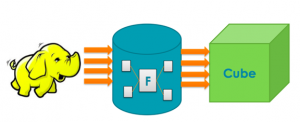In-Memory (Memory Optimized) Tables in SQL Server 2014
In-Memory storage technology finally make their debut appearance on the SQL Server 2014′s BI stack, with the creation of a proper memory optimized tables and stored procedures, unlike the Columnstore feature which offers a read-only memory optimized solution, that does not work overly well in a true transactional environment.
In this post I hope to dissect the new In-Memory tables feature of SQL Server 2014, providing an overview of how the technology works, how to create in-memory tables, maintain them and any pitfalls to watch out from. Mainly though, I am writing this as a reminder to myself of the latest articles I have been reading about this cool new feature.







